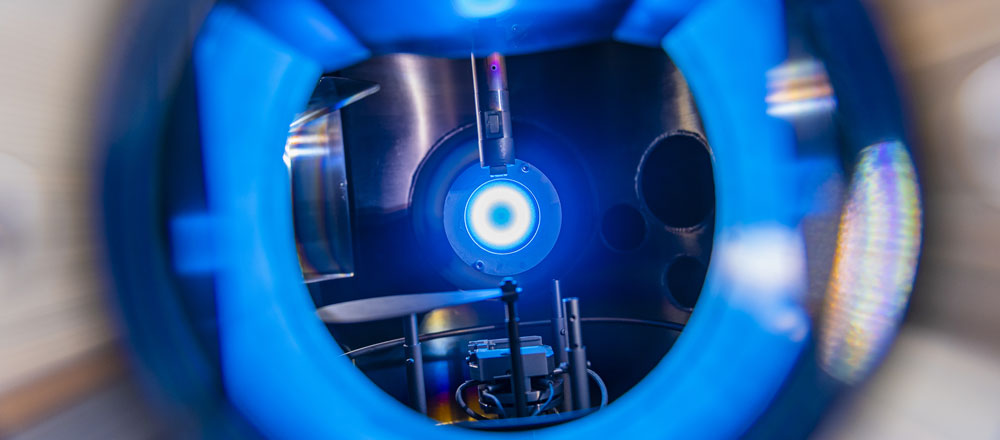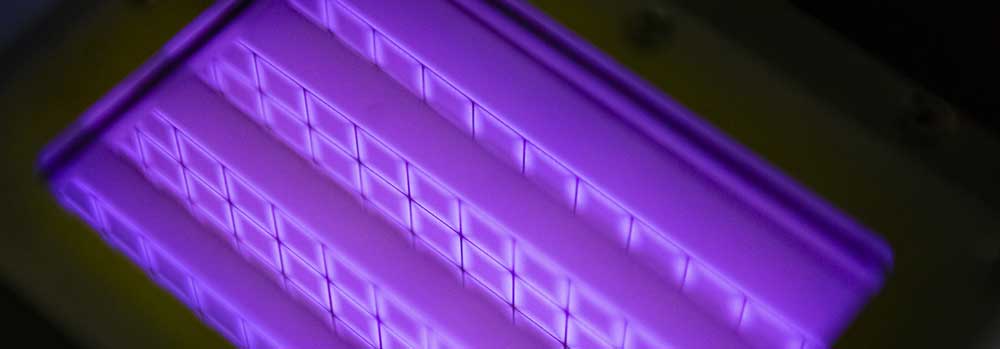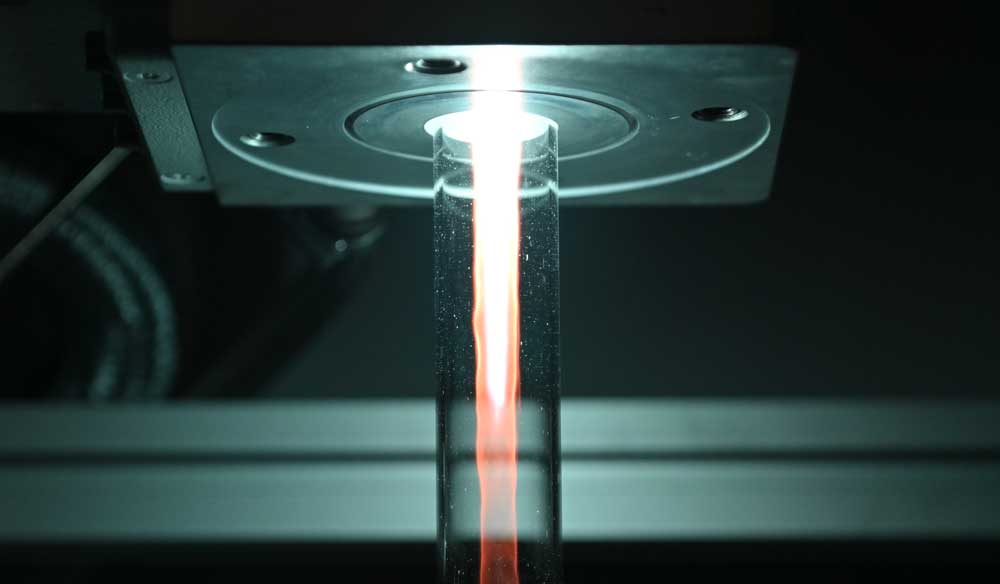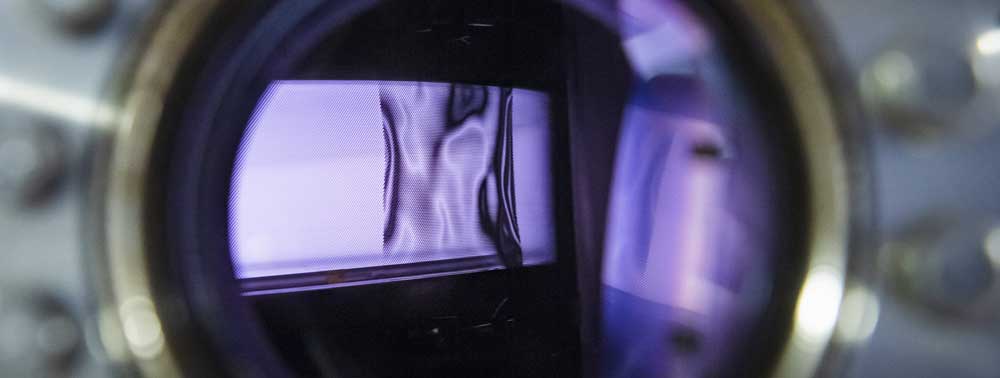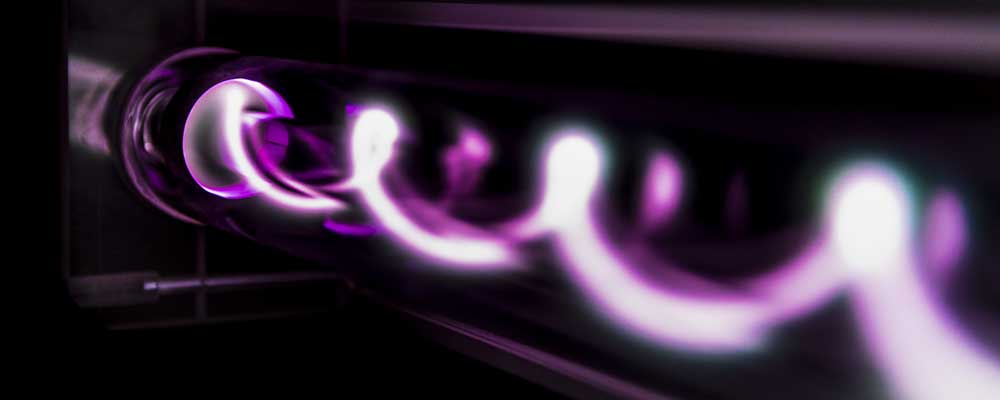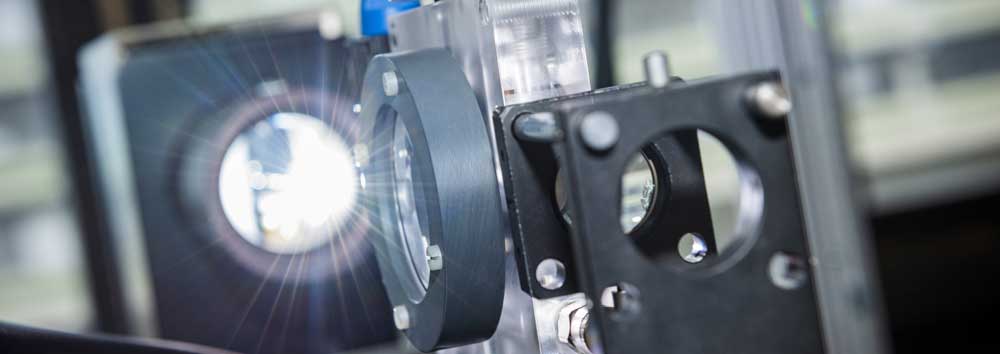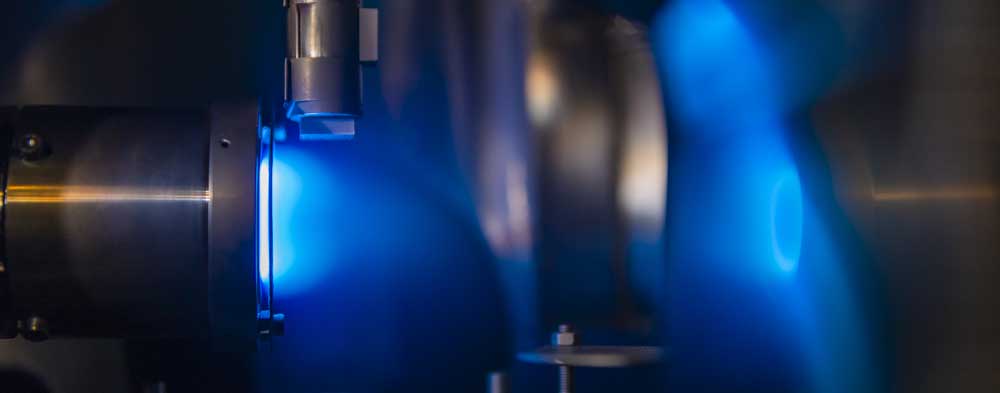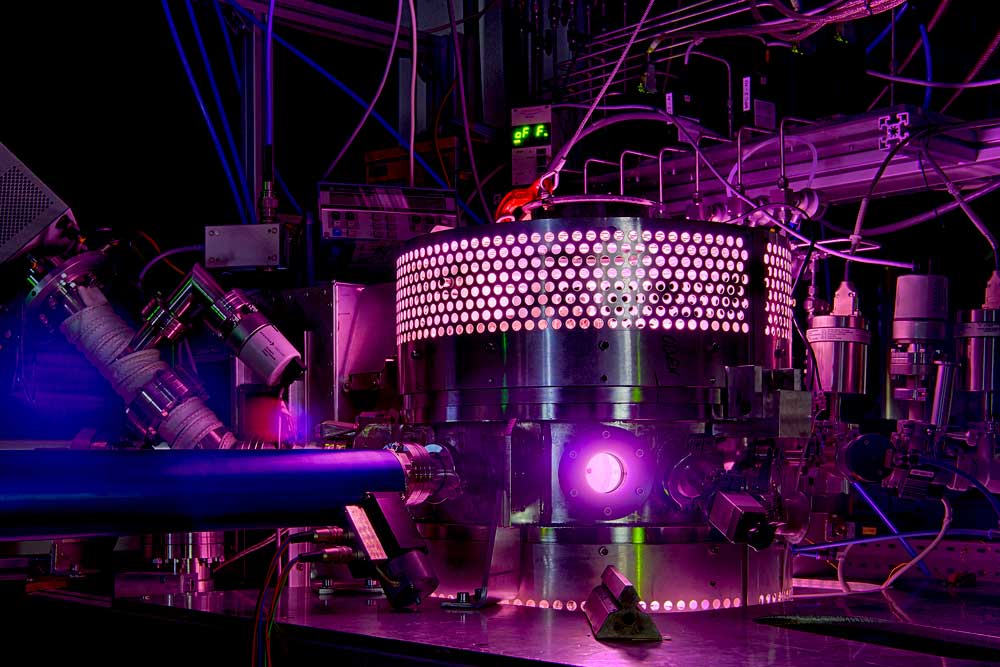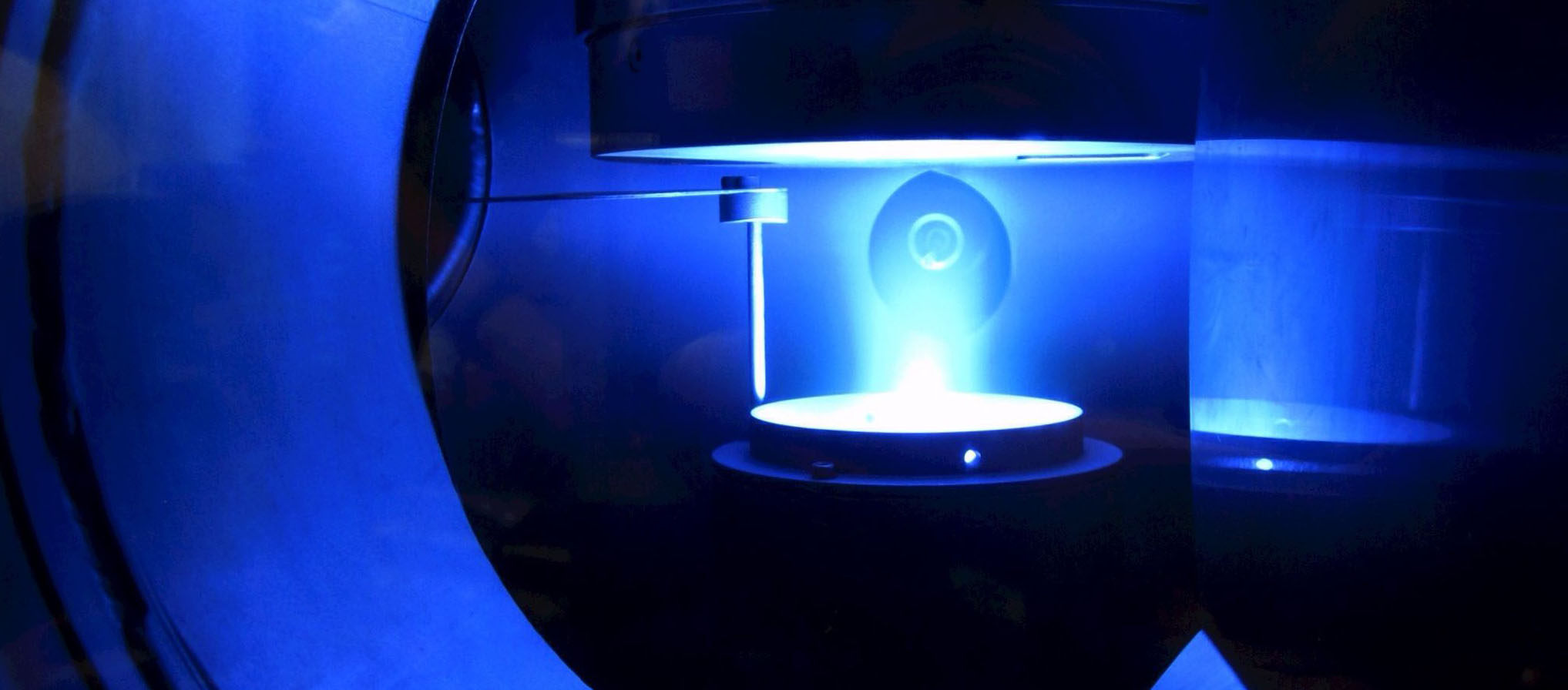EP2
PROF. STÉPHANE LUCAS
Prof. Stéphane Lucas from Namur University, Belgium, will visit the Chair of Experimental Physics II on Thursday, November 26, 2015, to present the first results of our cooperation. At 14:00 he will give a talk on "On the understanding of state of the art deposition methods like HiPIMS in order to predict film properties by Monte Carlo simulations" in seminar room NB 5/158.
We would like to invite you to attend! From our side titanium films on silicon and the corresponding IEDFs were delivered during HiPIMS. The determination of the morphology, as well as the density and the elastic modulus and the comparison with the model calculations was done by his team.
Abstract:
S. Lucas1, P. Moskovkin1, A. Pflug2, C. Maszl3, A. von Keudell3
1 The University of Namur, Physics of Matter and Radiation (PMR), 61 rue de Bruxelles, B-5000 Namur, Belgium
2 Fraunhofer Institute for Surface Engineering and Thin Films IST, Bienroder Weg 54e, 38108 Braunschweig,
Germany
3 Ruhr-Universität Bochum, Fakultät für Physik und Astronomie, Universitätsstraße 150, D-44780 Bochum
Substrate ion bombardment during deposition plays a major role in thin film microstructure evolution. This has been one of the driving force for the development of state of the art deposition methods like high power impulse magnetron sputtering (HiPIMS) plasmas that generate energetic metal ions at the substrate as compared to conventional direct current magnetron sputtering (dcMS).
In the present study we investigate, by means of computer simulation and experimental validation, the growth of Ti films deposited by such a technique. The simulation work is done using NASCAM, which is a computer program based on kinetic Monte carlo of atomistic deposition. Kinetic Monte Carlo method allows to follow the evolution of large system of particles during longer times, up to 103 s, with relatively low computational effort compared to other techniques, like Molecular dynamic or even other Monte Carlo methods. This Virtual CoaterTM has been recently completed with a mechanical plugin to estimate the mechanical properties of films grown in silico. The code is built to calculate the effective Young’s moduli and Poisson’s ratios of a porous multilayered structure, using the classical formula "Rule of Mixture" (ROM), considering the Voigt’s model (longitudinal components) and Reuss’ model (transversal components).
Special attention is given to investigate the role of high energy particles flux on the properties of Ti films deposited by HiPIMS. Various films were grown at various power densities and for each, the energy distribution of the sputtered Ti+ and Ti2+ ions at the substrate were measured with a temporal resolution of 2 μs experimentally. Special care was given for conditions below and above the runaway regime. The surface morphology (AFM), density (RBS), and Young modulus (Nano-indentation) of the deposited films are compared with the simulated one.
